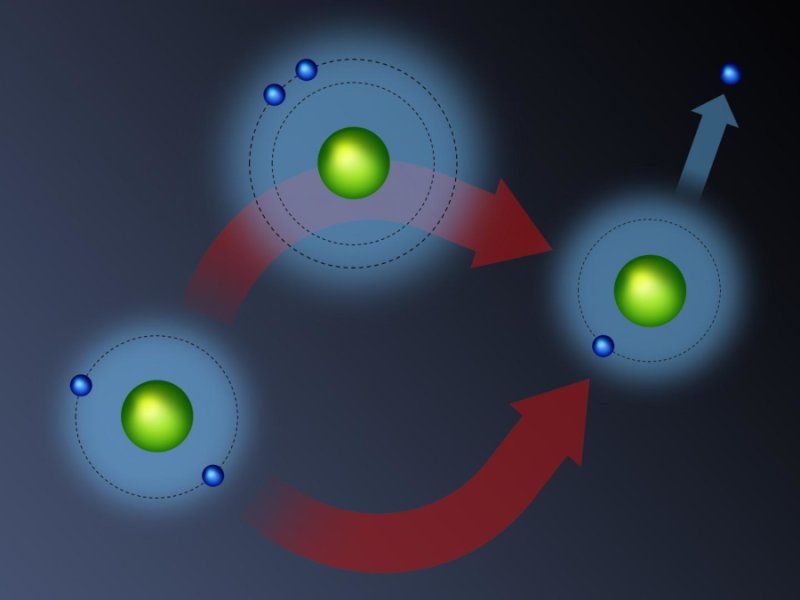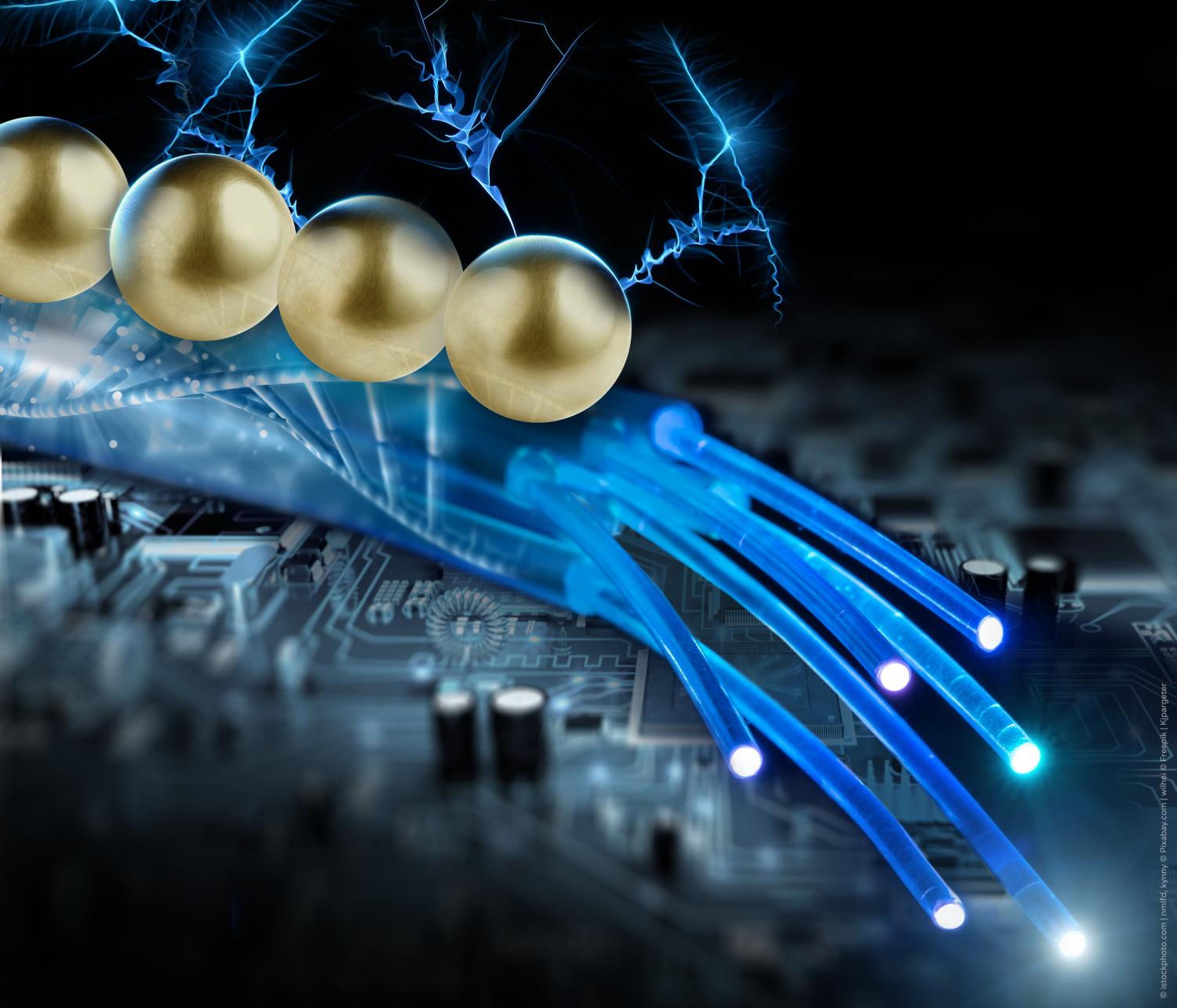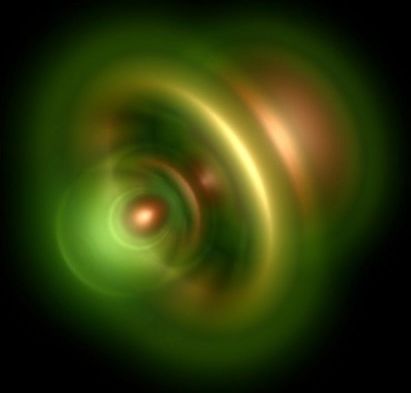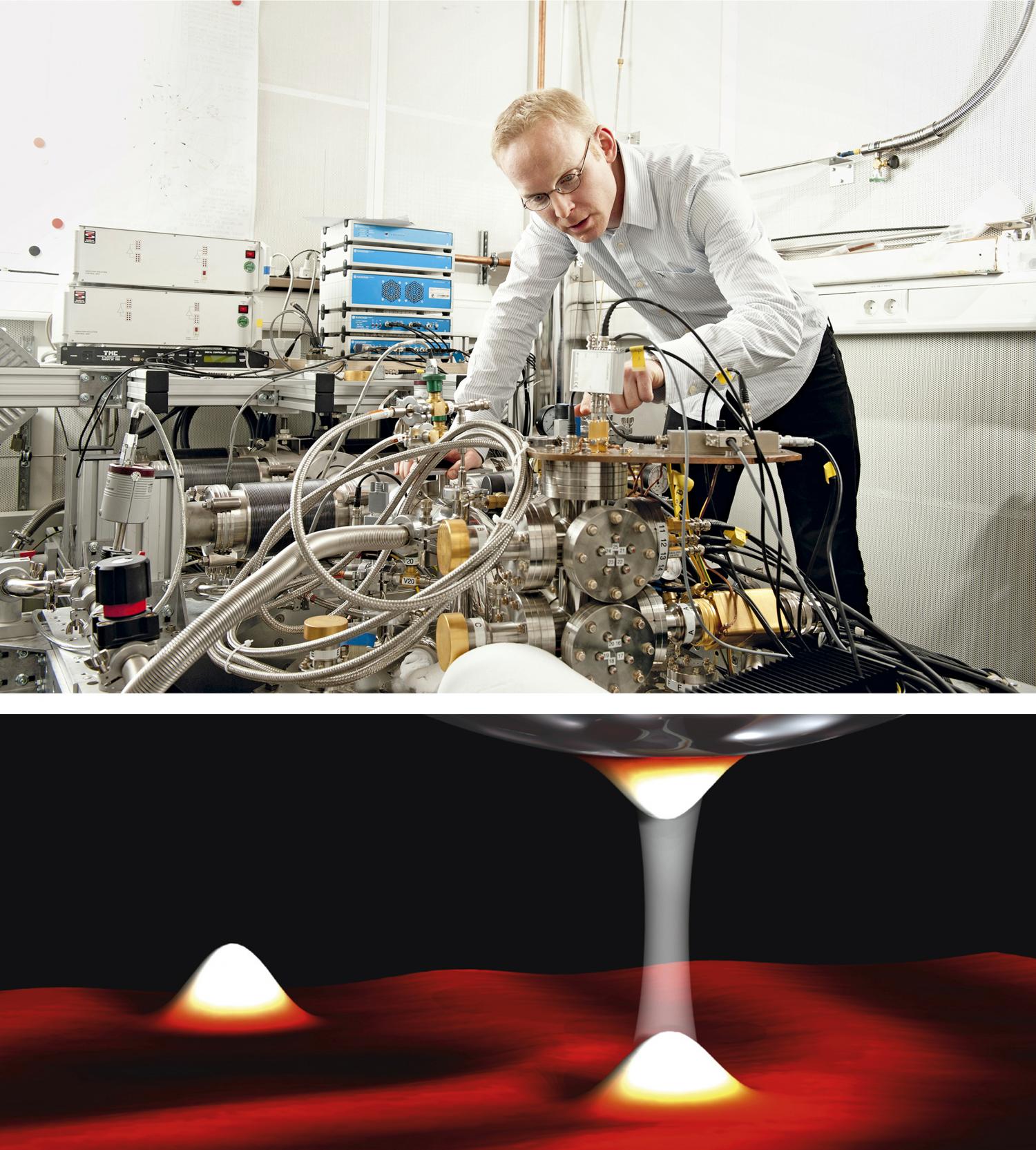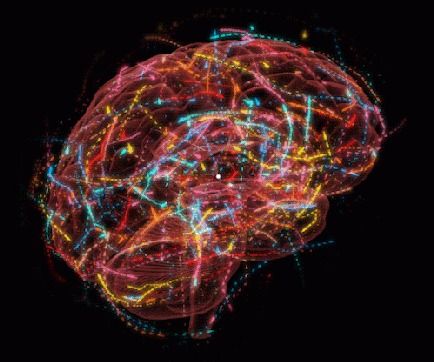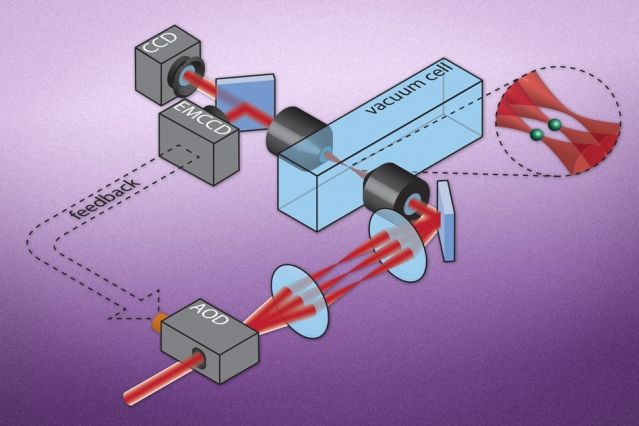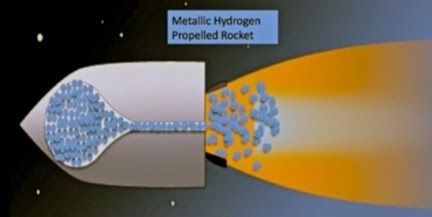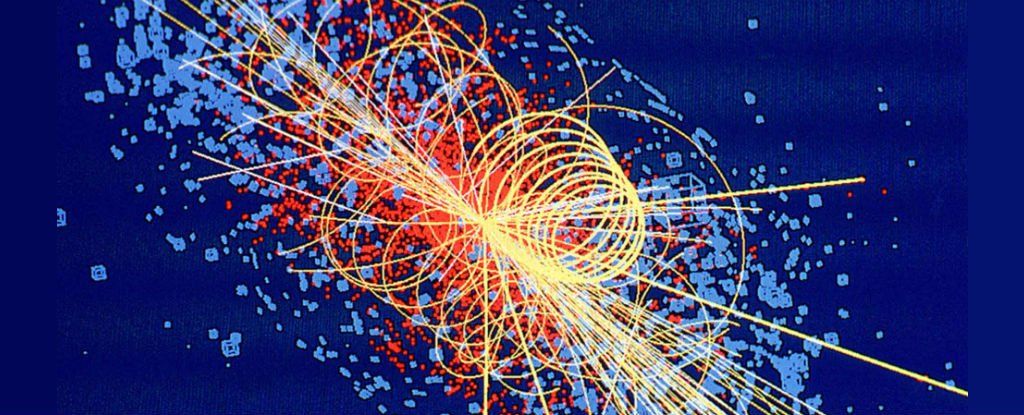Archive for the ‘particle physics’ category: Page 525
Nov 10, 2016
Computers made of genetic material? Researchers conduct electricity using DNA-based nanowires
Posted by Klaus Baldauf in categories: biotech/medical, computing, genetics, nanotechnology, particle physics
Tinier than the AIDS virus—that is currently the circumference of the smallest transistors. The industry has shrunk the central elements of their computer chips to fourteen nanometers in the last sixty years. Conventional methods, however, are hitting physical boundaries. Researchers around the world are looking for alternatives. One method could be the self-organization of complex components from molecules and atoms. Scientists at the Helmholtz-Zentrum Dresden-Rossendorf (HZDR) and Paderborn University have now made an important advance: the physicists conducted a current through gold-plated nanowires, which independently assembled themselves from single DNA strands. Their results have been published in the scientific journal Langmuir.
At first glance, it resembles wormy lines in front of a black background. But what the electron microscope shows up close is that the nanometer-sized structures connect two electrical contacts. Dr. Artur Erbe from the Institute of Ion Beam Physics and Materials Research is pleased about what he sees. “Our measurements have shown that an electrical current is conducted through these tiny wires.” This is not necessarily self-evident, the physicist stresses. We are, after all, dealing with components made of modified DNA. In order to produce the nanowires, the researchers combined a long single strand of genetic material with shorter DNA segments through the base pairs to form a stable double strand. Using this method, the structures independently take on the desired form.
“With the help of this approach, which resembles the Japanese paper folding technique origami and is therefore referred to as DNA-origami, we can create tiny patterns,” explains the HZDR researcher. “Extremely small circuits made of molecules and atoms are also conceivable here.” This strategy, which scientists call the “bottom-up” method, aims to turn conventional production of electronic components on its head. “The industry has thus far been using what is known as the ‘top-down’ method. Large portions are cut away from the base material until the desired structure is achieved. Soon this will no longer be possible due to continual miniaturization.” The new approach is instead oriented on nature: molecules that develop complex structures through self-assembling processes.
Nov 9, 2016
Trickling electrons
Posted by Karen Hurst in categories: particle physics, quantum physics
What would happen if an electric current no longer flowed, but trickled instead? This was the question investigated by researchers working with Christian Ast at the Max Planck Institute for Solid State Research. Their investigation involved cooling their scanning tunnelling microscope down to a fifteen thousandth of a degree above absolute zero. At these extremely low temperatures, the electrons reveal their quantum nature. The electric current is therefore a granular medium, consisting of individual particles. The electrons trickle through a conductor like grains of sand in an hourglass, a phenomenon that can be explained with the aid of quantum electrodynamics.
Flowing water from a tap feels like a homogeneous medium – it is impossible to distinguish between the individual water molecules. Exactly the same thing is true about electric current. So many electrons flow in a conventional cable that the current appears to be homogeneous. Although it is not possible to distinguish individual electrons, quantum mechanics says they should exist. So how do they behave? Under which conditions does the current not flow like water through a tap, but rather trickles like sand in an hourglass?
Nov 9, 2016
A Zeptosecond Stopwatch for The Microcosm
Posted by Karen Hurst in categories: particle physics, quantum physics
For the first time ever, laser physicists have recorded an internal atomic event with an accuracy of a trillionth of a billionth of a second.
When light strikes electrons in atoms, their states can change unimaginably quickly. Laser physicists at LMU Munich and the Max Planck Institute of Quantum Optics (MPQ) have now measured the duration of such a phenomenon – namely that of photoionization, in which an electron exits a helium atom after excitation by light – for the first time with zeptosecond precision. A zeptosecond is a trillionth of a billionth of a a second (10−21 s). This is the first absolute determination of the timescale of photoionization, and the degree of precision achieved is unprecedented for a direct measurement of the interaction of light and matter.
When a light particle (photon) interacts with the two electrons in a helium atom, the changes take place not only on an ultra-short timescale, but quantum mechanics also comes into play. Its rules dictate that either the entire energy of the photon is absorbed by one of the electrons, or the energy is distributed between them. Regardless of the mode of energy transfer, one electron is ejected from the helium atom. This process is called photoemission, or the photoelectric effect, and was discovered by Albert Einstein at the beginning of the last century. In order to observe what occurs, you need a camera with an incredibly fast shutter speed: The whole process, from the point at which the photon interacts with the electrons to the instant when one of the electrons leaves the atom, takes between 5 and 15 attoseconds (1 as is 10–18 seconds) as physicists have worked out in recent years.
Continue reading “A Zeptosecond Stopwatch for The Microcosm” »
Nov 8, 2016
Close to absolute zero, electrons exhibit their quantum nature
Posted by Andreas Matt in categories: particle physics, quantum physics
What would happen if an electric current no longer flowed, but trickled instead? This was the question investigated by researchers working with Christian Ast at the Max Planck Institute for Solid State Research. Their investigation involved cooling their scanning tunnelling microscope down to a fifteen thousandth of a degree above absolute zero. At these extremely low temperatures, the electrons reveal their quantum nature. The electric current is therefore a granular medium, consisting of individual particles. The electrons trickle through a conductor like grains of sand in an hourglass, a phenomenon that can be explained with the aid of quantum electrodynamics.
Flowing water from a tap feels like a homogeneous medium — it is impossible to distinguish between the individual water molecules. Exactly the same thing is true about electric current. So many electrons flow in a conventional cable that the current appears to be homogeneous. Although it is not possible to distinguish individual electrons, quantum mechanics says they should exist. So how do they behave? Under which conditions does the current not flow like water through a tap, but rather trickles like sand in an hourglass?
The hourglass analogy is very appropriate for the scanning tunnelling microscope, where a thin, pointed tip scans across the surface of a sample without actually touching it. A tiny current flows nevertheless, as there is a slight probability that electrons “tunnel” from the pointed tip into the sample. This tunnelling current is an exponential function of the separation, which is why the pointed tip is located only a few Ångström (a ten millionth of a millimetre) above the sample.
Nov 7, 2016
Can Quantum Physics Explain Consciousness?
Posted by Dan Kummer in categories: computing, neuroscience, particle physics, quantum physics
A new approach to a once-farfetched theory is making it plausible that the brain functions like a quantum computer.
The mere mention of “quantum consciousness” makes most physicists cringe, as the phrase seems to evoke the vague, insipid musings of a New Age guru. But if a new hypothesis proves to be correct, quantum effects might indeed play some role in human cognition. Matthew Fisher, a physicist at the University of California, Santa Barbara, raised eyebrows late last year when he published a paper in Annals of Physics proposing that the nuclear spins of phosphorus atoms could serve as rudimentary “qubits” in the brain—which would essentially enable the brain to function like a quantum computer.
Nov 5, 2016
Scientists set traps for atoms with single-particle precision
Posted by Karen Hurst in categories: computing, particle physics, quantum physics
Atoms, photons, and other quantum particles are often capricious and finicky by nature; very rarely at a standstill, they often collide with others of their kind. But if such particles can be individually corralled and controlled in large numbers, they may be harnessed as quantum bits, or qubits — tiny units of information whose state or orientation can be used to carry out calculations at rates significantly faster than today’s semiconductor-based computer chips.
In recent years, scientists have come up with ways to isolate and manipulate individual quantum particles. But such techniques have been difficult to scale up, and the lack of a reliable way to manipulate large numbers of atoms remains a significant roadblock toward quantum computing.
Now, scientists from Harvard and MIT have found a way around this challenge. In a paper published in the journal Science, the researchers report on a new method that enables them to use lasers as optical “tweezers” to pick individual atoms out from a cloud and hold them in place. As the atoms are “trapped,” the scientists use a camera to create images of the atoms and their locations. Based on these images, they then manipulate the angle of the laser beams, to move individual atoms into any number of different configurations.
Continue reading “Scientists set traps for atoms with single-particle precision” »
Nov 5, 2016
Co-discover of Metallic Hydrogen wrote paper on metallic hydrogen for rockets
Posted by Klaus Baldauf in categories: particle physics, space travel
On October 5th 2016, Ranga Dias and Isaac F. Silvera of Lyman Laboratory of Physics, Harvard University released the first experimental evidence that solid metallic hydrogen has been synthesized in the laboratory.
It took 495 GPa pressure to create. The sample is being held in the cryostat in liquid nitrogen.
Atomic metallic hydrogen, if metastable at ambient pressure and temperature could be used as the most powerful chemical rocket fuel, as the atoms recombine to form molecular hydrogen. This light-weight high-energy density material would revolutionize rocketry, allowing single-stage rockets to enter orbit and chemically fueled rockets to explore our solar system. To transform solid molecular hydrogen to metallic hydrogen requires extreme high pressures.
Continue reading “Co-discover of Metallic Hydrogen wrote paper on metallic hydrogen for rockets” »
Nov 5, 2016
This New Hypothesis Claims to Solve 5 of the Biggest Problems in Physics
Posted by Shailesh Prasad in categories: cosmology, particle physics
Physicists have come up with a new model that they say solves five of the biggest unanswered questions in modern physics, explaining the weirdness of dark matter, neutrino oscillations, baryogenesis, cosmic inflation, and the strong CP problem all at once.
The new model, called SMASH, proposes that we only need six new particles to reconcile all of these gaps in the standard model of physics, and the team behind it says it won’t be that hard to test.
The model has been developed by a team of French and German physicists, and they say it doesn’t require any major tweaks to the standard model — just a few new additions.
Continue reading “This New Hypothesis Claims to Solve 5 of the Biggest Problems in Physics” »
Nov 5, 2016
Researchers uncover the origin of atmospheric particles
Posted by Shailesh Prasad in categories: computing, particle physics
In a study led by the University of Leeds, scientists have solved one of the most challenging and long-standing problems in atmospheric science: to understand how particles are formed in the atmosphere.
The research paper, published online today in the journal Science, details the first computer simulation of atmospheric particle formation that is based entirely on experimental data. The research was made possible thanks to a sophisticated laboratory called CLOUD, based within the research facility CERN in Switzerland.
The lead scientist on the study, Professor Ken Carslaw from the School of Earth and Environment at the University of Leeds said: “This is a major milestone in our understanding of the atmosphere. The CERN experiment is unique, and it has produced data that seemed completely out of reach just five years ago.”
